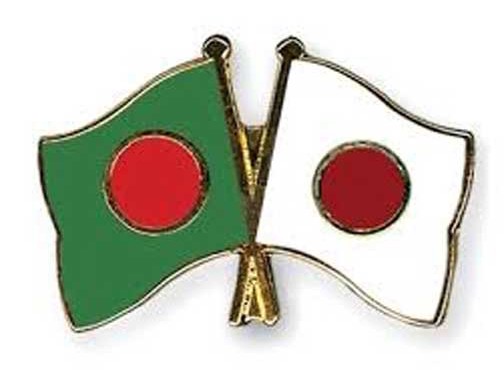The world faces an alarming shortfall of funding needed to transform global health. If the world is to end preventable child, adolescent and maternal deaths, we need new forms of development finance to close a $33.3 billion annual funding gap.
A new financing platform announced this week at the Conference on Financing for Development in Addis Ababa, Ethiopia aims to do just that. The Global Financing Facility (GFF) is a country-driven financing partnership to accelerate efforts to end preventable maternal, newborn, child and adolescent deaths by 2030.

The launch of the financing platform brings together $12 billion from public and private partners, both domestic and international, to scale up national strategies in four countries particularly in need: the Democratic Republic of the Congo (DRC), Ethiopia, Kenya, and Tanzania.
Their five-year strategies include life-saving interventions based on evidence of what works best that will be expanded to reach those that are most in need.
Why is this financing platform important?
Donor resources alone are not sufficient to reach our targets and meet the Sustainable Development Goals. We need innovative approaches to financing, with increased domestic commitment from countries and regional development banks, as well as more involvement from the private sector. Our core intent is to support countries as they work to provide for the health of their own citizens, and help them along the pathway to sustainable financing.
How is this different from business as usual?
As a financing mechanism, the GFF is an example of how to use official development assistance to catalyze additional private sector funding. The GFF is partnering with the World Bank to raise money from capital markets for countries with significant funding gaps for child, adolescent and maternal survival.
Every $1 invested into the GFF is expected to mobilize between $3 and $5 from the private capital markets. The investments in the GFF are designed to help countries transition to self-financing for maternal and child survival programs.
Who is contributing money?
USAID is investing $50 million, subject to Congressional approval, into the financing platform at the country level to scale up national strategies to end child and maternal deaths in the DRC, Ethiopia, Kenya, and Tanzania.
Other donors include Canada, Japan, multilateral organizations, host governments, civil society, and the private sector.
Is it working?
Tanzania is one example of the increased focus on women and children that the GFF can help bring about in country. By blending some of our grant funding through the GFF, we have enabled the Government of Tanzania to significantly increase financing for women’s and children’s survival and health.
A mother in Rwanda with her newborn daughter. Investing in survival & health can lead to greater individual and national productivity and growth. / Amy Fowler, USAID
A mother in Rwanda with her newborn daughter. Investing in survival & health can lead to greater individual and national productivity and growth. / Amy Fowler, USAID
Why just these four countries?
Over the next five years, the ultimate goal for the global facility is to support 62 high-burden low- and lower-middle income countries through the GFF. The DRC, Ethiopia, Kenya, and Tanzania are part of the first wave of countries. Results from these nations will inform the best way forward for any continued U.S. government funding of the GFF.
The next group of eight countries eligible to benefit from the global trust fund will be Bangladesh, Cameroon, India, Liberia, Mozambique, Nigeria, Senegal and Uganda.
Why invest in global health?
In low-income countries, child mortality is 15 times higher than in high-income countries, and maternal mortality almost 30 times higher. Despite remarkable progress across global health, the brutal fact is the world’s poorest people still pay the most for things like clean water and basic health services.
There is substantial evidence on the “health-to-wealth” pathway, and how investing in survival and health can lead to greater individual and national productivity and growth. Increasing access to health services — especially for the poor – is a sound and sustainable investment that can command great economic returns. To put it simply, people who are healthy are more productive at work.
We have a clear and conclusive case to invest in health. Now we must summon the will to mobilize domestic resources and activate creative co-financing approaches that will transform societies.
Posted by Dr. Ariel Pablos-Méndez
ABOUT THE AUTHOR
Dr. Ariel Pablos-Méndez was appointed by President Barack Obama to lead the Global Health Bureau at USAID. He is also the Agency’s child and maternal survival coordinator.
















